Performance Assessment of Binary Output Examinations in Medical Laboratories
- Details
- Published: Friday, 30 May 2025 22:43

Content
 The determination of clinical sensitivity and specificity of tests for binary disease detection is critical to ensure these tests are sufficiently reliable.
The determination of clinical sensitivity and specificity of tests for binary disease detection is critical to ensure these tests are sufficiently reliable.
Clinical sensitivity (SP), also known as the True Positive Rate, describes the probability of correctly detecting a disease case. Clinical Specificity (SS), also known as the True Negative Rate, expresses the ability to correctly identify the absence of a disease.
Since the accuracy of the determined SP and SS depends on the number of tested known disease cases, it is important to determine the confidence intervals for estimates of the performance parameter. These confidence intervals are subsequently used to decide if the actual performance and its quantification method are adequate.
This leaflet provides an overview of what is involved in these crucial assessments.
Availability
The second edition is currently available in English.
- Download the leaflet in English [691 kb] (2025-05-30)*
* Dates are the date of addition to this website
Translation
Translation into other languages is encouraged for members of Eurachem. Other offers of translation should be directed to the Eurachem Secretariat for permission. The Eurachem policy on maintenance and development of Eurachem guidance, available on the Policies page, gives further information on translation.



 Validation of analytical methods (i.e. procedures) usually excludes the primary sampling, but this is now widely recognised as the first step in the measurement procedure. Validation of the whole measurement procedure therefore requires consideration of a performance characteristic that reflects the quality of all of the steps (including sampling and physical sample preparation). The uncertainty of the final measurement value is that key characteristic that unifies this whole measurement procedure and enables its validation, particularly when supported by performance characteristics that have an established role in the validation of an analytical procedure as a standalone activity.
Validation of analytical methods (i.e. procedures) usually excludes the primary sampling, but this is now widely recognised as the first step in the measurement procedure. Validation of the whole measurement procedure therefore requires consideration of a performance characteristic that reflects the quality of all of the steps (including sampling and physical sample preparation). The uncertainty of the final measurement value is that key characteristic that unifies this whole measurement procedure and enables its validation, particularly when supported by performance characteristics that have an established role in the validation of an analytical procedure as a standalone activity.

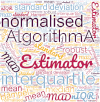
 The Eurachem Guide on “Selection, Use and Interpretation of Proficiency Testing (PT) Schemes” recommends participants to consider the statistical approach used by the PT provider when selecting a PT scheme. This leaflet is intended to help participants in quantitative PT schemes to better understand the statistical parameters that are used in the PT report to describe the distribution of results reported by participants.
The Eurachem Guide on “Selection, Use and Interpretation of Proficiency Testing (PT) Schemes” recommends participants to consider the statistical approach used by the PT provider when selecting a PT scheme. This leaflet is intended to help participants in quantitative PT schemes to better understand the statistical parameters that are used in the PT report to describe the distribution of results reported by participants.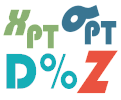
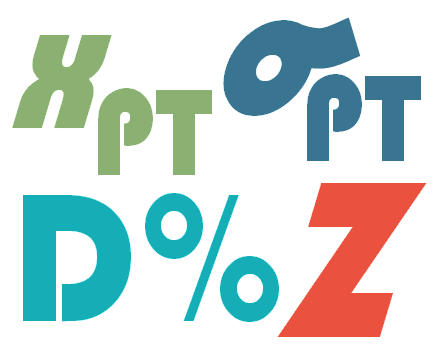 All proficiency testing schemes include an assessment of laboratory performance. Most compare a laboratory result with an assigned value, and assess performance based on the difference and a criterion for successful performance. Often, this assessment also involves calculating a score for consistent interpretation across rounds and, sometimes, across PT schemes. But there are many different ways of determining an assigned value and setting a criterion for performance assessment, and there are several different scoring methods.
All proficiency testing schemes include an assessment of laboratory performance. Most compare a laboratory result with an assigned value, and assess performance based on the difference and a criterion for successful performance. Often, this assessment also involves calculating a score for consistent interpretation across rounds and, sometimes, across PT schemes. But there are many different ways of determining an assigned value and setting a criterion for performance assessment, and there are several different scoring methods. 
 This leaflet is intended as a comprehensive checklist outlining the key steps to consider when participating in a proficiency testing (PT) scheme. Selection of an appropriate PT scheme must be ensured [1]. It provides essential tips to help participants avoid common mistakes and achieve successful outcomes. The main stages of PT participation are covered, from receipt of PT items through to the review of received evaluations [1-3]. Documentation of outcomes for many of the topics addressed below is recommended, particularly for accreditation purposes.
This leaflet is intended as a comprehensive checklist outlining the key steps to consider when participating in a proficiency testing (PT) scheme. Selection of an appropriate PT scheme must be ensured [1]. It provides essential tips to help participants avoid common mistakes and achieve successful outcomes. The main stages of PT participation are covered, from receipt of PT items through to the review of received evaluations [1-3]. Documentation of outcomes for many of the topics addressed below is recommended, particularly for accreditation purposes.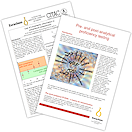 Eurachem Information Leaflets are short briefing documents on a specific topic. Information leaflets are usually intended to inform a wide audience, including laboratory staff, managers and laboratory customers.
Eurachem Information Leaflets are short briefing documents on a specific topic. Information leaflets are usually intended to inform a wide audience, including laboratory staff, managers and laboratory customers.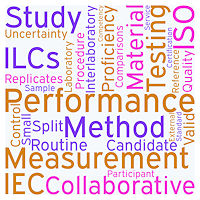 The international standard ISO/IEC 17025 requires a laboratory to participate in proficiency testing (PT) and/or to participate in interlaboratory comparisons (ILCs) other than PT. However, the Standard gives no guidance as to what these other ILCs might be, or indeed how they might compare in relation to PT.
The international standard ISO/IEC 17025 requires a laboratory to participate in proficiency testing (PT) and/or to participate in interlaboratory comparisons (ILCs) other than PT. However, the Standard gives no guidance as to what these other ILCs might be, or indeed how they might compare in relation to PT.